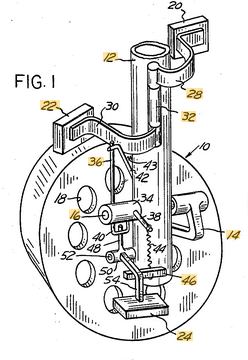Nickel contamination can render soils infertile at levels that are currently impractical to treat. Researchers at UMass Amherst are looking at how plants can help these soils and source nickel for the growing EV market.
Phytoremediation is the use of plants that preferentially hyperaccumulate certain contaminants to clean the soil. When those contaminants are also critical materials, you get phytomining. Starting with Camelina sativa, the researchers are looking to enhance its preference for nickel accumulation with genes from the even more adept hyperaccumulator Odontarrhena to have a quick-growing plant that can be a nickel feedstock as well as produce seeds containing oil for biofuels.
Despite being able to be up to 3% Ni by weight, Odontarrhena was ruled out as a candidate itself due to its slow-growing nature and that it is invasive to the United States. The researchers are also looking into what soil amendments can best help this super Camelina sativa best achieve its goals. It’s no panacea for expected nickel demand, but they do project that phytomining could provide 20-30% of our nickel needs for 50 years, at which point the land could be turned back over to other uses.
Recycling things already in technical cycles will be important to a circular economy, but being able to remove contaminants from the environment’s biological cycles and place them into a safer technical cycle instead of just burying them will be a big benefit as well. If you want learn about a more notorious heavy metal, checkout our piece on the blessings and destruction wrought by lead.
Continue reading “Phytoremediation To Clean The Environment And Mine Critical Materials”


















